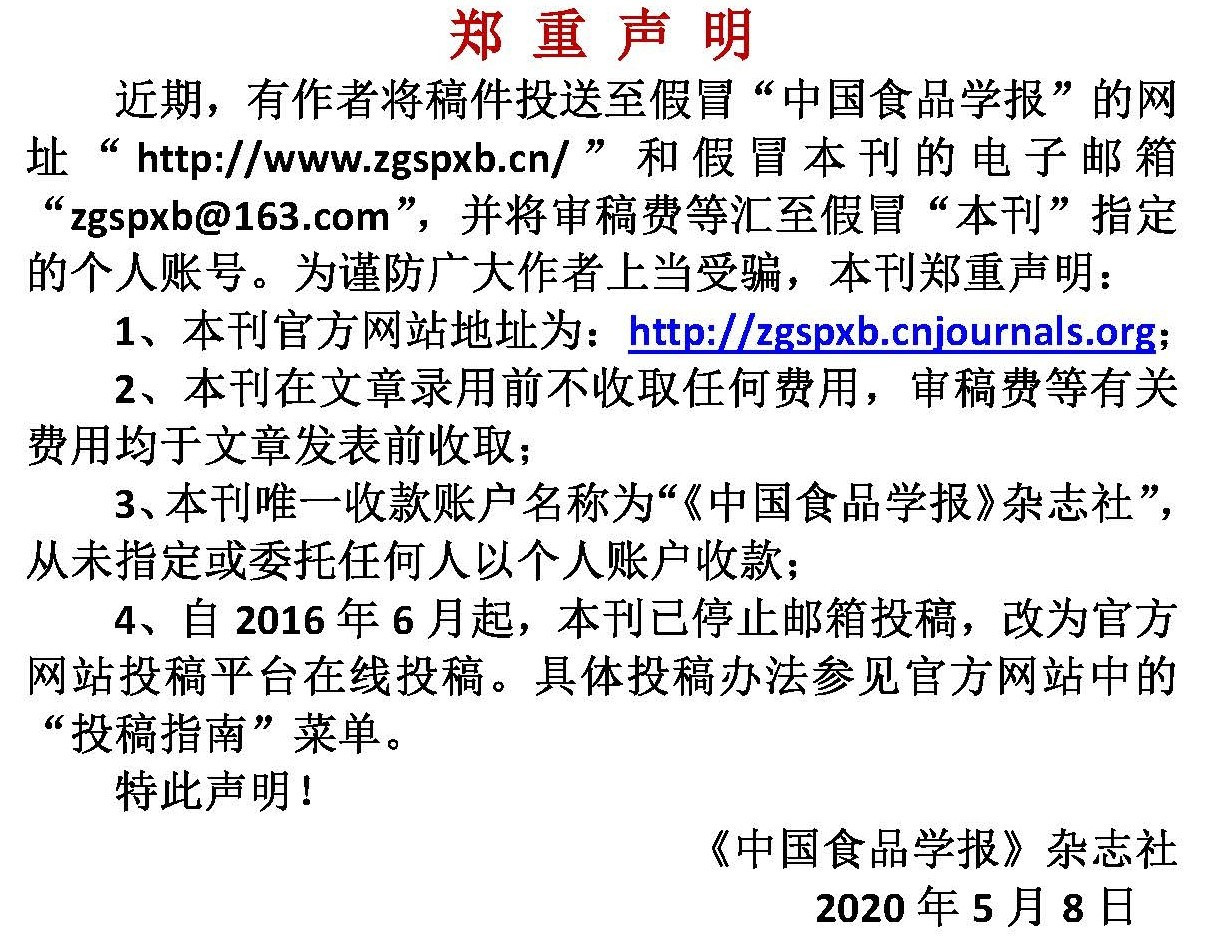快速评估青菜冷处理的临界点温度
作者:
作者单位:
作者简介:
通讯作者:
中图分类号:
基金项目:
浙江省食品科学与工程“重中之重”一级学科基金项目(JYTSP20141101);; 浙江省公益技术研究项目(LGN18C200014)
Rapid Assessment of Critical Point Temperature of Pak Choy by Refrigerating Treatment
Author:
Affiliation:
Fund Project:
引用本文
顾双;王向阳;.快速评估青菜冷处理的临界点温度[J].中国食品学报,2019,19(10):190-196
复制分享
文章指标
- 点击次数:
- 下载次数:
- HTML阅读次数:
历史
- 收稿日期:
- 最后修改日期:
- 录用日期:
- 在线发布日期: 2019-11-21
- 出版日期:
版权所有 :《中国食品学报》杂志社 京ICP备09084417号-4
地址 :北京市海淀区阜成路北三街8号9层 邮政编码 :100048
电话 :010-65223596 65265375 电子邮箱 :chinaspxb@vip.163.com
技术支持:北京勤云科技发展有限公司
地址 :北京市海淀区阜成路北三街8号9层 邮政编码 :100048
电话 :010-65223596 65265375 电子邮箱 :chinaspxb@vip.163.com
技术支持:北京勤云科技发展有限公司
